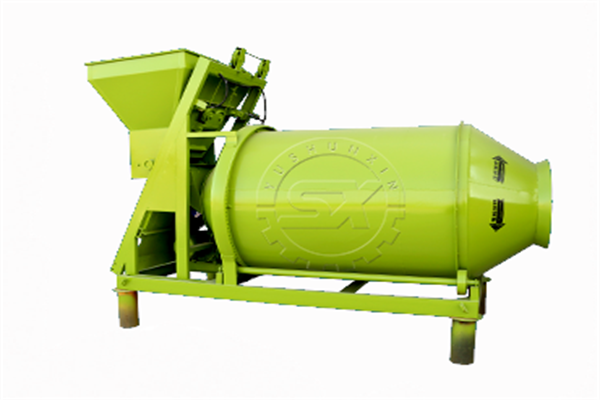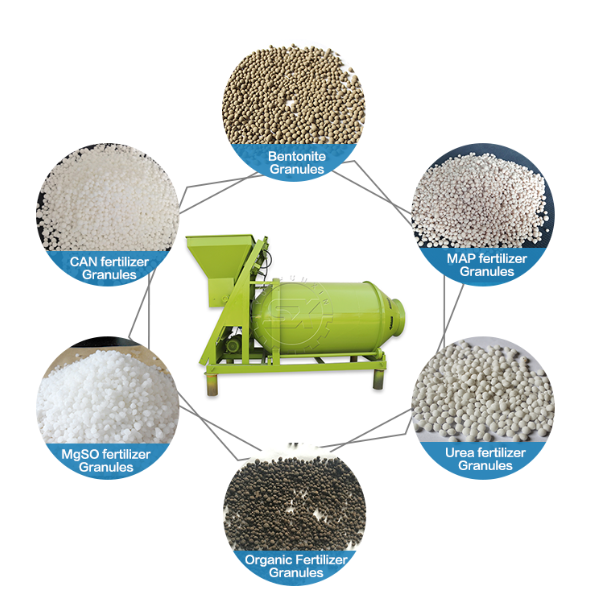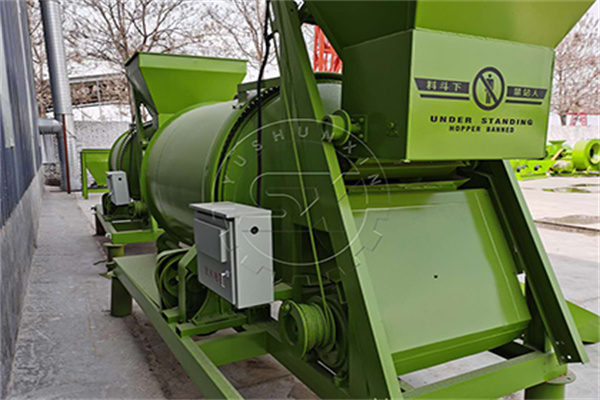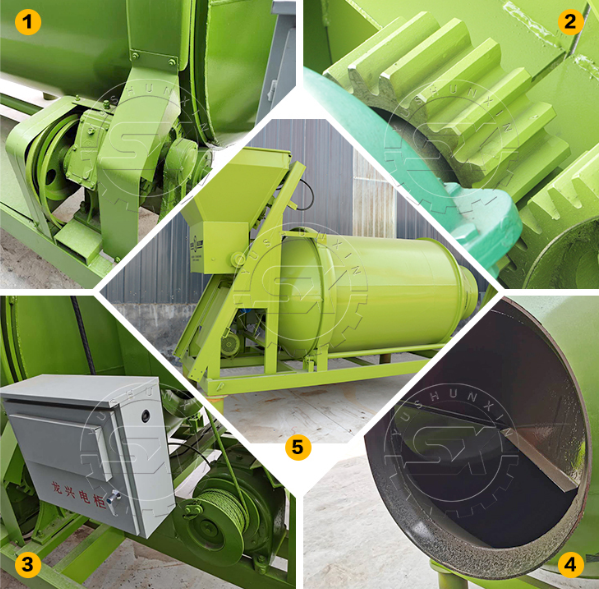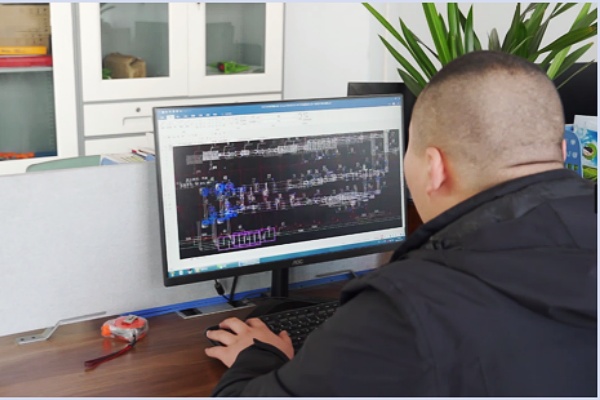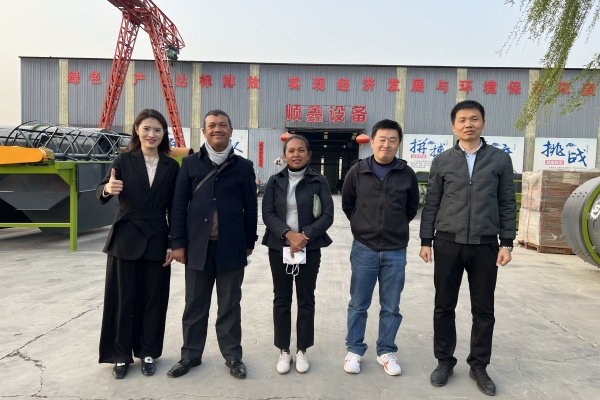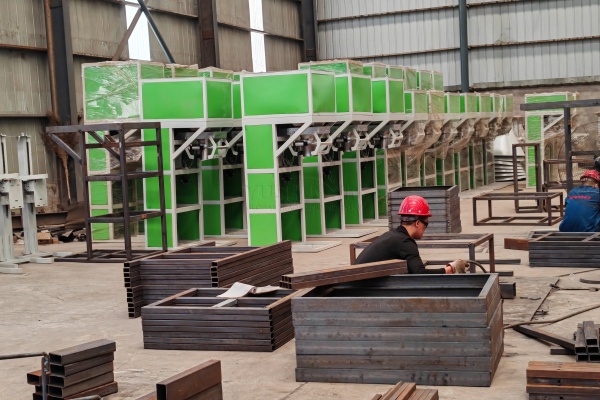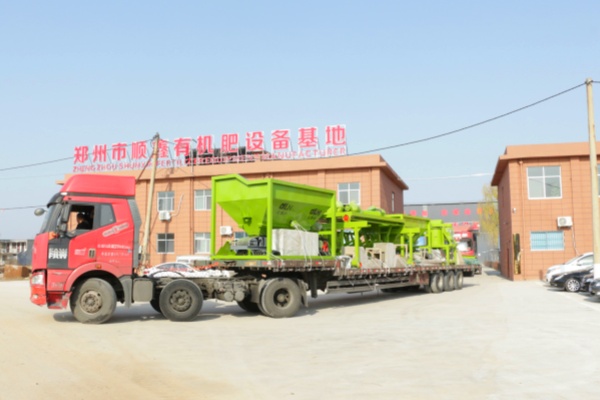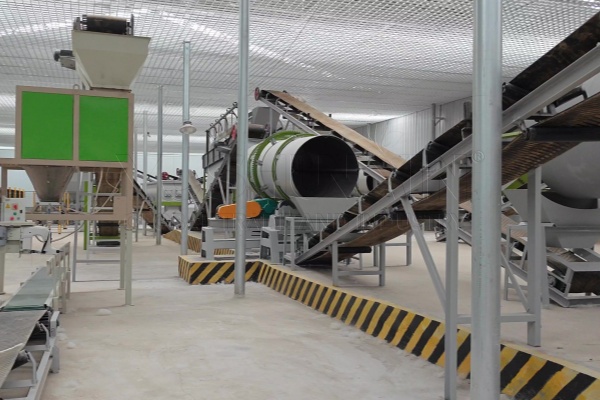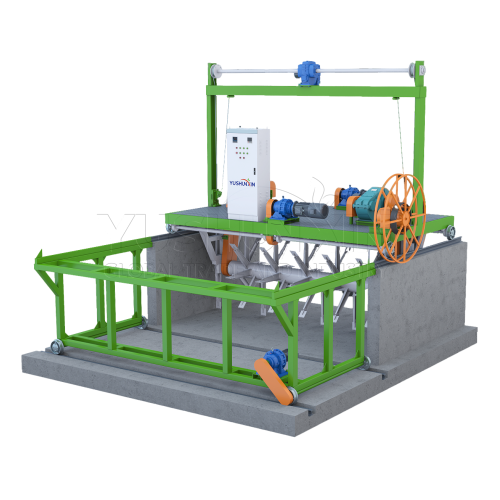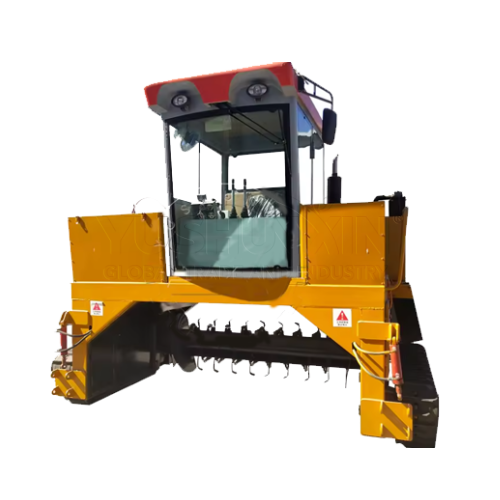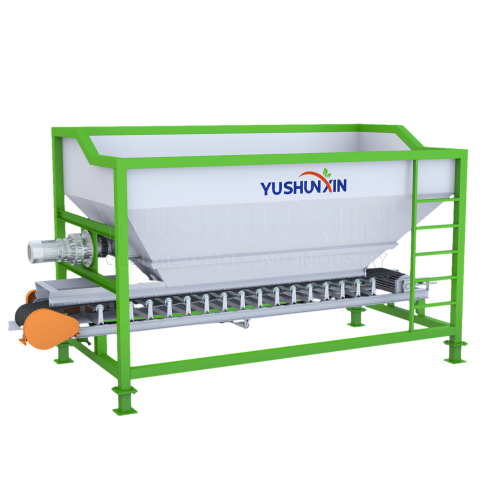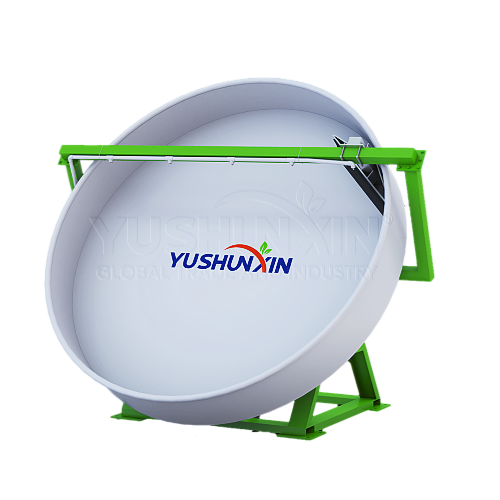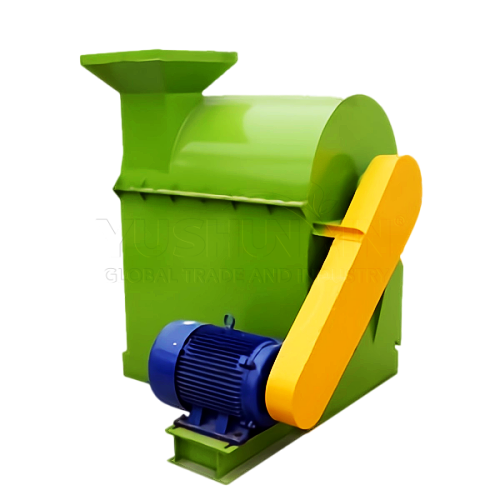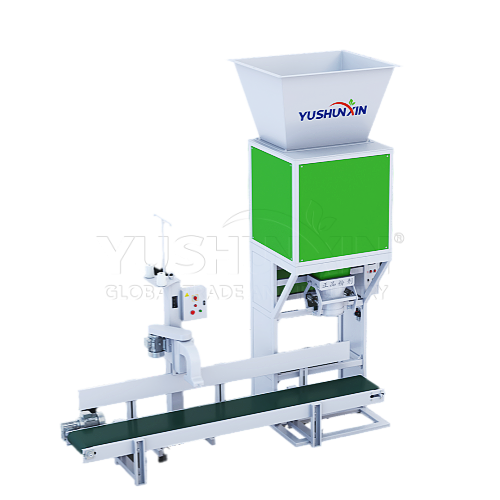What Are The Applications of Rotary Drum Mixer?
The rotary drum mixer can mix organic fertilizer, chemical fertilizer, compound fertilizer, urea, water soluble fertilizer, ammonium sulfate, industrial salt, chemical raw materials, pigment, toner, plastic granule, fermented feed, distillers’ grains, etc. Besides, it widely occurs in organic fertilizer production line, compound fertilizer production line, chemical metallurgy, mining, building materials and other industries.
Direct Manufacture BB Fertilizer Mixer For Sale
The BB fertilizer mixer overcomes mixing material lamination or diversion caused by variable specific gravity and granularity of raw materials and increases batching accuracy. It handles the impact of material properties, mechanical vibration, air pressure, voltage fluctuation, cold weather, etc. Meanwhile, it has the characteristics of other elements high precision, rapid speed, and extended service life, etc. It is an excellent option for blended fertilizer producers.
BB Fertilizer Mixer principle of work
Main Technical Parameters
The Characteristics of BB Fertilizer Mixer
Rotary Drum Mixer on The Market
Introduction of Rotary Drum Mixer
Rotary drum mixer is an equipment to produce powdered formula fertilizer. It is possible to blend powdered particles or granular materials. And it contains simple, semi-automated and fully automated model.
Rotary type BB fertilizer mixer designed by our company is capable of continuous production and has a capacity of 30-40 tons/hour. Moreover, it is extremely efficient and wear-resistant, and we may provide with anti-corrosion lining to meet the needs of the customers.
Working Principle of Rotary Drum Mixer
Drum mixer is an efficient and advanced conveying power drive system integrating electric motor, reducer and bearing. It works by transferring the power of the motor to the drum with the reducer. Then, various materials in the rotating mixer ascend to a given height along the generatrix due to friction and inertia force, and then fall back down due to gravity. As a result of the different physical and mechanical properties (composition, density, moisture, etc.), they remix together in the flow. Finally, you can repeat the preceding procedure several times to make materials thoroughly blended.
Benefits of The Rotary Drum Mixer

Get Free Quote Now!



